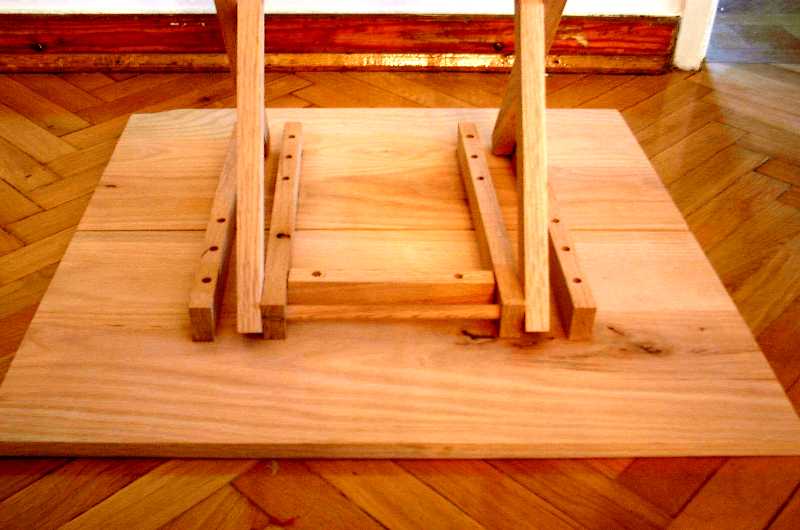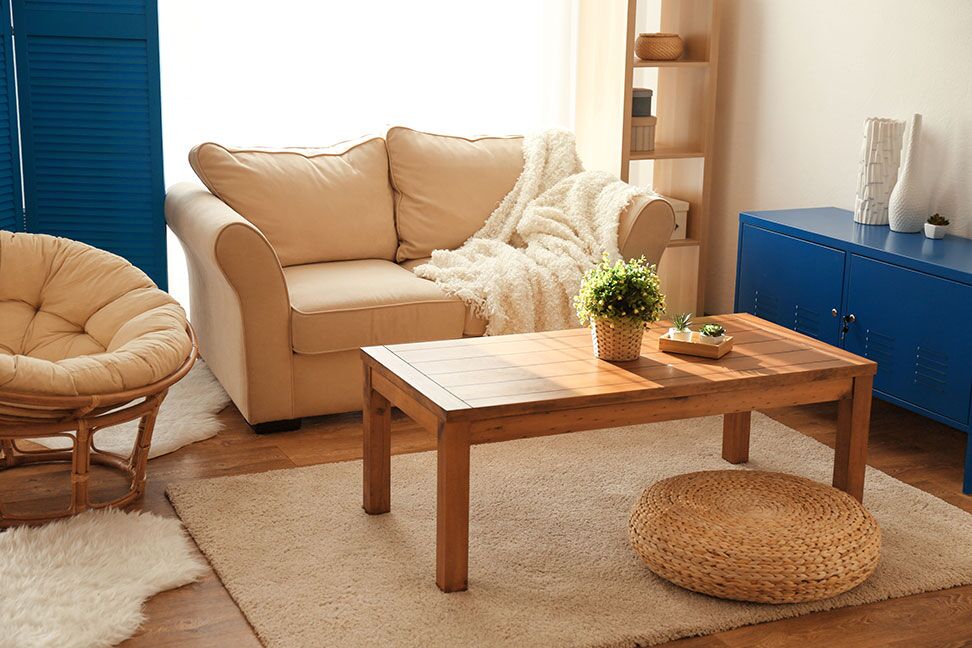The Only Guide for Highland Manor Wood Products, Llc
All about Highland Manor Wood Products, Llc
Table of ContentsAbout Highland Manor Wood Products, LlcNot known Facts About Highland Manor Wood Products, LlcSome Known Facts About Highland Manor Wood Products, Llc.Highland Manor Wood Products, Llc Fundamentals ExplainedOur Highland Manor Wood Products, Llc Diaries
Clean the busted edges of the table leg to make certain a smooth, solid bond. Carefully line up the damaged items. Use clamps to hold the pieces together briefly.Furthermore, getting rid of the legs relieves the stress they could sustain if the table is brought or filled improperly, stopping them from bearing extreme weight or experiencing unnecessary stress. Make certain that the table, especially its legs, is firmly positioned in the relocating vehicle. The table shouldn't totter or have the prospective to tip over.

Examine This Report on Highland Manor Wood Products, Llc
Take the masking tape and wrap your drill little bit about inches of the way down the little bit. This is to assist see to it you don't pierce with the tabletop while making certain the deepness you need for the screws. Thoroughly pierce each of the screw openings to the appropriate deepness, using the marks you made.
Make use of the effect driver to screw each leg firmly into area. It's best to go one leg at a time to ensure the positioning is appropriate and each leg is secure before moving on to the next.
(http://www.place123.net/place/highland-manor-wood-products-llc-jamestown-united-states)
Repeat these steps to take care of any type of other damaged legs on the table.
Make use of a jig saw to cut them diagonally from corner to catch to produce four corner blocks. Cut a notch out of the rear of the edge block reverse from the angled cut to make sure that the notch fits over the top of the leg and gives additional strength in the corner.
How Highland Manor Wood Products, Llc can Save You Time, Stress, and Money.
Drive one more screw, focused with the block, into the edge of the table leg. Beef up your light-weight table by including some ballast. This serves to flatten errant, slim table tops, along with add some weight to keep them where they belong. Action the length and width under the table in between the legs.

Lots of tables have built-in stretchers to Check This Out add security. Two stretchers run in between the sides of the legs on the table's short ends, with one long stretcher connecting the two short stretchers in the.

Getting My Highland Manor Wood Products, Llc To Work
Each item has its very own tale to inform, and antique table legs play an important role in the total appearances and security of these prizes. Restoring them not only restores their elegance yet also helps preserve their historic value. Understanding antique table legs starts with recognizing the various types of antique tables and their historic contexts.
Let's look into these steps in detail. Antique tables come in various designs, such as Queen Anne, Chippendale, or Victorian, each with its one-of-a-kind layout and functions. Understanding the sort of table you have will direct your repair efforts. Researching the historical background of your table can supply useful insights into its age, origin, and prospective worth.
For example, French bnisterie furniture, with its elaborate craftsmanship, would likely be most worth bring back and could necessitate specialist services, whereas a table located at a garage sale might not validate the reconstruction cost. As you get started on the journey of restoring antique table legs, among the initial and essential steps is to very closely take a look at these integral parts of your treasured piece.
The Buzz on Highland Manor Wood Products, Llc
Begin by scrutinizing the surface of the table legs meticulously. Try to find any kind of visible cracks that may have developed over time. Cracks can vary in size and seriousness, from small surface area blemishes to deep architectural fractures. Each split tells a story of the table's history, and addressing them is important for both looks and architectural stability (dining table legs).
These divides can endanger the overall strength and look of the legs. Pay close interest to the joints where the table legs satisfy the table's frame or apron.
Examine the overall structural integrity of the legs. Inspect for any warping or turning that might impact their stability. Analyze the joints carefully to assess the level of looseness. Some joints may only need glue and securing, while others may require added reinforcement. By thoroughly assessing the wear and damage, you can develop a detailed remediation strategy tailored to the particular requirements of your antique table legs.